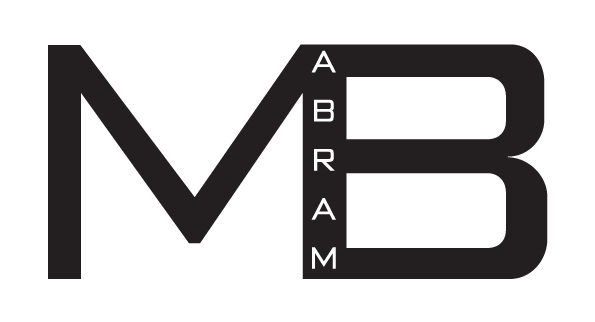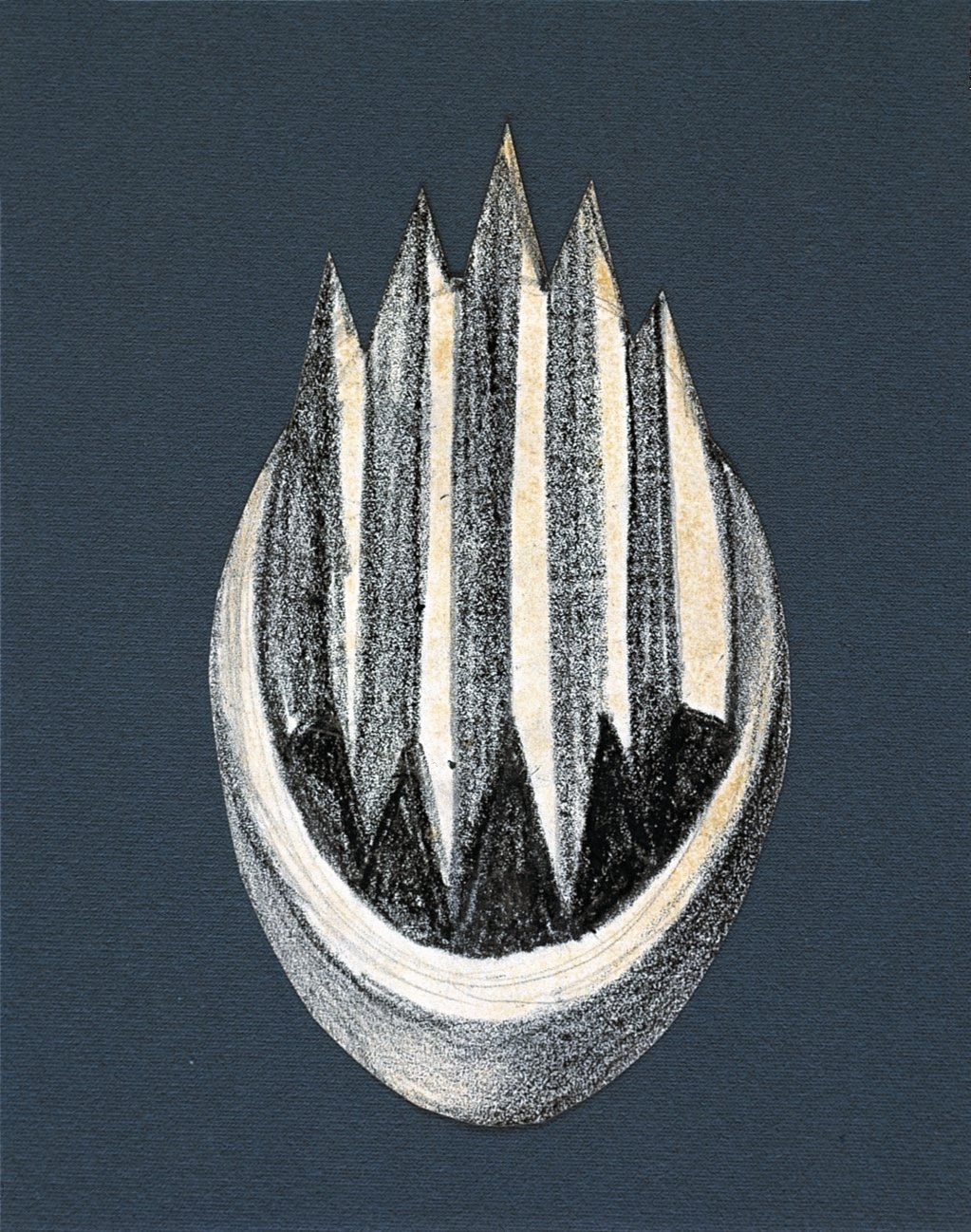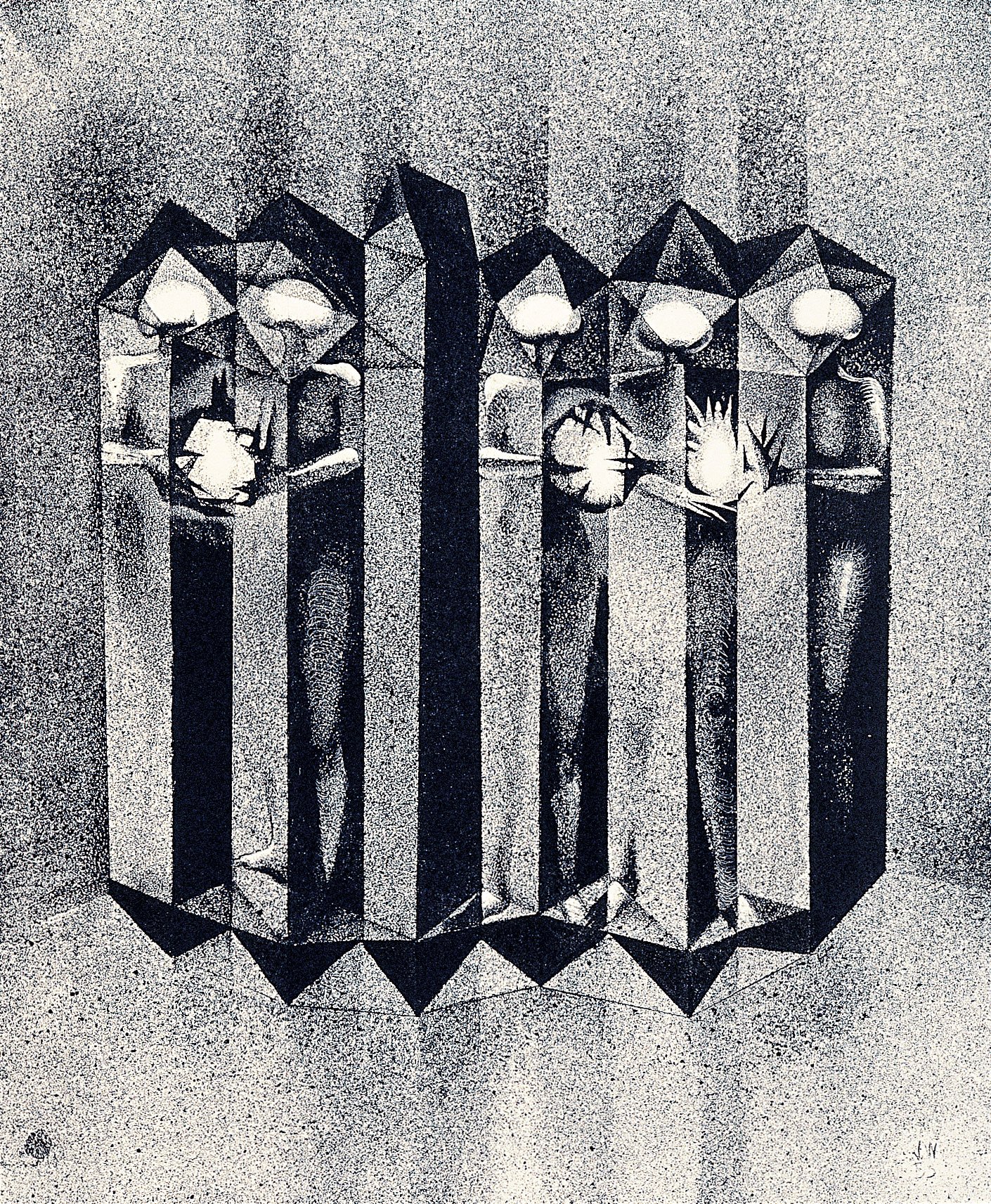JUNE WAYNE・Art & Science
Early Works
The kafka & Justice Series
During her lifetime June Wayne (1918-2011) broke down the walls between Art & Science.
Wayne's focus on Art & Science from 1965 to her death in 2011 was actually signaled in her earliest art.
Having shared her Celestial and Terrestrial works, we are also honored to present her Kafka Series (1948-51)
investigating the slippery nature of reality and the perils of a growing and anonymous bureaucratic state,
and her Justice Series (1950-57) questioning the very nature of our seeing.
THE KAFKA SERIES
“The works in the Kafka series ‘partake of the climate of Kafka, the Kafkaesque world where nothing is exactly what it seems to be and everything and its opposite are somehow united. I think this ambivalent world interested me for reasons in my own life, because nothing was what it seemed to be in the world around me, or even in me’.”
“Wayne’s ambition to connect space and time through light challenges, and even contradicts, any fixed idea of temporal sequence. Her pictographs pose a new lexicon that incorporates signs, symbols, and object-pictures. ”
“June Wayne’s Kafka Series ‘provided an expanded contextualizing arena to contemplate the disquieting confutations in human interpretations of guilt and innocence.’”
“If you look at it with one eye, parts of the image appear to move into 3-D. The reason you have to close one eye is that I have already taken binocular vision into account with the variations or breakdowns in form.”
“The Hero ‘charges up the ramp, flops down to the next level, picks himself up, charges again, and when the story ends, there he is hanging by his flag over exactly the same kind of chasm as when he began’.”
THE JUSTICE SERIES
“The Justice Series sprang from what Wayne called the “emotional climate” of Kafka’s The Trial. Over a period of seven years, it gave rise to a large number of works in various media. This imagery suggests a jury box, housing (or imprisoning) five jurors, who are examining globes of light.”
“In June Wayne’s two renderings of “The Advocate” the mask-like visages melt into a world of molecular crystals. The figures, though not fully human, tap their palms, emphasizing their case to a robotic Universe. We are simultaneously thrust into atomic essence and the physics of seeing.”
“June Wayne’s motive to create space constructions developed from her optical experiments. The natural direction to move, after establishing a focal area, was to the periphery, and from there into actual space, but she didn’t pursue the layers, preferring to concentrate on creating optical illusions on a flat picture plane. ”
“The Dreamers proved to be particularly difficult with its innumerable fields and skin tones. In completing the work she also discovered that her glasses were the wrong prescription.”
“In The Jury, Wayne placed the jurors within crystalline stalls. In Second Jury, she opens the lozenges and places her figures between and in front of their facets. In Final Jury, she merges figures and surround by dissolving the jurors and completing the geometry of the stalls. In all three cases she is refining her expression of the jurors’ isolation from each other and from the world outside the court.
”
“The “tunnel” as a concept is a labyrinthine matrix of philosophical, scientific, literary, technical and historical developments that Wayne drew upon, and from which she made something new. Here time becomes an encompassing embrace as an element in Wayne’s work that reaches between present, past, and future. Her real interest, however, was less in the application of the rules of perspective than in their breakdown.”





























